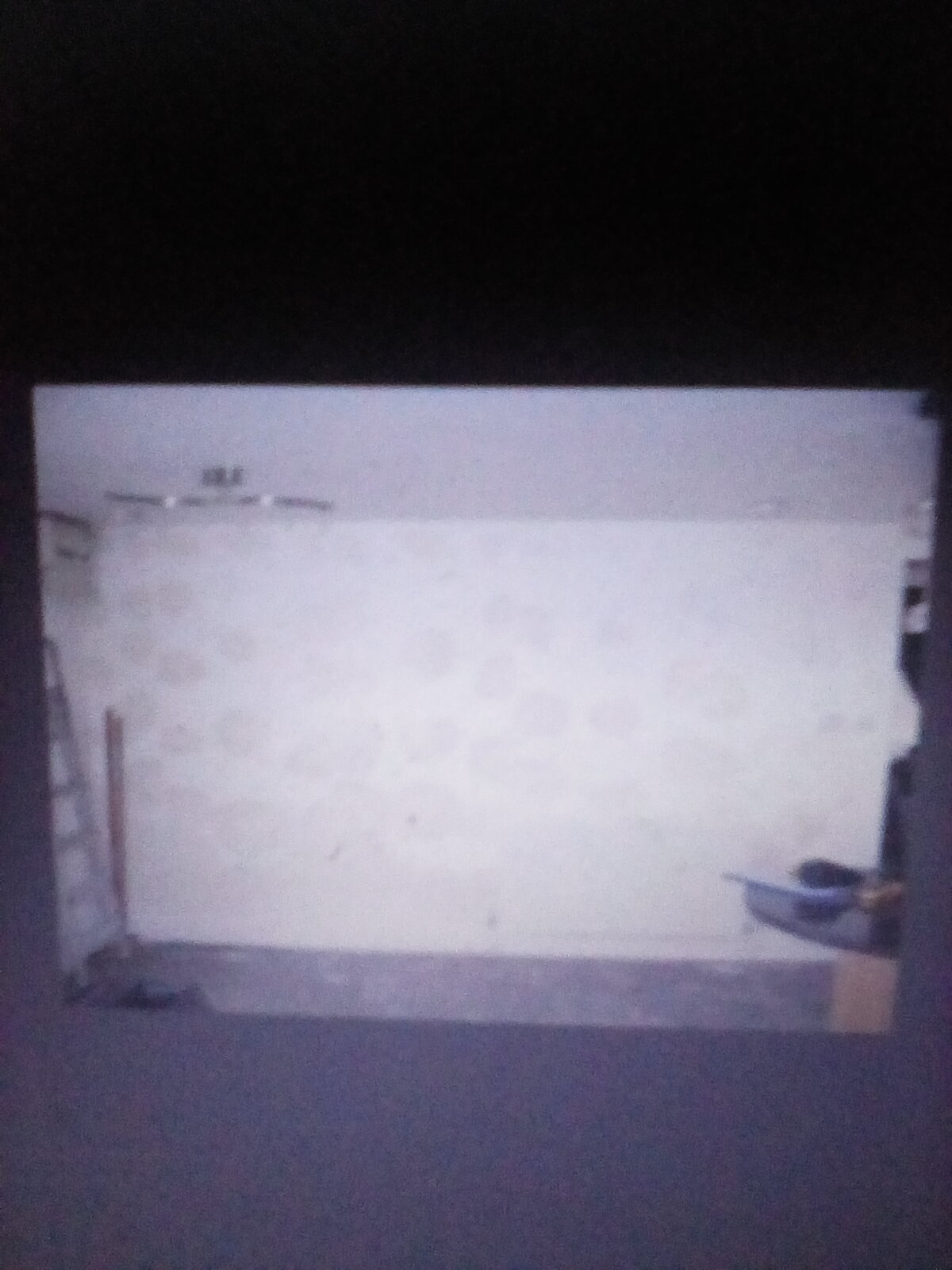We’d like to remind Forumites to please avoid political debate on the Forum.
This is to keep it a safe and useful space for MoneySaving discussions. Threads that are – or become – political in nature may be removed in line with the Forum’s rules. Thank you for your understanding.
📨 Have you signed up to the Forum's new Email Digest yet? Get a selection of trending threads sent straight to your inbox daily, weekly or monthly!
Damp -upstairs room of 1870 house.
Comments
-
Another vote for PIV here. We didn’t get condensation on walls but our windows would be veritable flowing rivers on cold mornings and constant mould around the edges. Since fitting the PIV, the worst we get now is a small strip of fogging up at the bottom, but no more rivers and no more mould. I’m pretty sure PIV is cheaper to run than dehumidifiers and doesn’t need emptying. The house also retains heat better as you don’t need to keep windows open.
Is the chimney still used? We had chimneys in a property we rent out that hadn’t been used for years. Constant damp problems from those on internal walls. A roofer told us that unused chimneys often suffer from damp problems as they don’t have the heat from being in use to keep them dried out. We had them removed and the roof made good and have had no more damp issues since (going on 4 years since they were removed).1 -
Slapping 65-75mm of Celotex on the upstairs walls has been transformative in the rooms I've done to date. Upper half of the building is solid brick with a cement render on the outside, so maintaining breathability doesn't come in to the equation. Also lined the window reveals with 25mm Celotex to reduce the cold bridging in those areas.Doozergirl said:Strip the wall, insulate, re-board. Ideally with natural breathable materials - wool, lime plaster. but you'd probably get away with modern materials as it's upstairs - insulated plasterboard, for example.
Any language construct that forces such insanity in this case should be abandoned without regrets. –
Erik Aronesty, 2014
Treasure the moments that you have. Savour them for as long as you can for they will never come back again.2 -
I’m so glad I posted on here. It makes much more sense to me now.I think that I will find that the area affected had been boarded (creating the thermal bridges) on only about half of the total wall area as the distribution of the damp patches is so well demarcated.The idea of a celotex layer sounds ideal and I’ll see what the surveyor thinks of these options.I’m thinking I’ll speak to my decorator and/or the contractor about removing and refitting the wardrobes as I don’t see a way round that.1
-
You can test walls for potential condensation forming spots yourself with a few simple tools. Get a surface thermometer to check the temperature of the wall, and look at the temperature and relative humidity of the room. Do this at various times of the day. If the surface of the wall is at or below the dew point then condensation will form.
If there was a chimney flue in that area it's possible that hygroscopic salts have got into the plasterboard through the dabs. When this happens, condensation can form at a temperature above the dew point.
I was on a job a few years ago when an internal wall had a load of spots like yours on a newly boarded wall. It turned out that the whole wall was affected by hygroscopic salts through animal waste being piled up against it. It was a barn conversion. The photo isn't that good, but you can see the issue.
1 -
you could (possibly) fit your own PIV unit, but if you live in a particular type of house that is known for these issues, in a few years if you sell the solicitors will be asking for a Buliding regs part F compliance certificate, and if you haven't got one you'll then end up paying some surveyor to asses it and they might find something wrong with the install before you get that certificategreyteam1959 said:PIV would probably be worth fitting I would think.
I had similar problems & it cured them.
If you could fit it yourself you would be looking around £350.0 -
A lot of them were so badly fitted in the past that they were a waste of time and money, which is why they are now notifiable work through Building Control.0
-
I’ve been running the dehumidifier for the last couple of days and sleeping with the window open. I’ve taken a ton of stuff out of wardrobe for better air circulation.The humidity is down to 61 at the moment. I don’t know if I should open the windows with the dehumidifier running? I presume not.I haven’t had any recommendations for a local RICS surveyor to come and investigate so I would be grateful if anyone knows what I should look for on their websites.0
-
You only need trickle ventilation. Having windows open will reduce air temp and not help the issue.Nevbear said:I’ve been running the dehumidifier for the last couple of days and sleeping with the window open. I’ve taken a ton of stuff out of wardrobe for better air circulation.The humidity is down to 61 at the moment. I don’t know if I should open the windows with the dehumidifier running? I presume not.I haven’t had any recommendations for a local RICS surveyor to come and investigate so I would be grateful if anyone knows what I should look for on their websites.It's ventilation and heat that prevent condensation, not one or the other.Everything that is supposed to be in heaven is already here on earth.
0 -
Your humidity needs to be between 50-60%. Close the windows when the humidifier is running and leave all internal doors between rooms open.Nevbear said:I’ve been running the dehumidifier for the last couple of days and sleeping with the window open. I’ve taken a ton of stuff out of wardrobe for better air circulation.The humidity is down to 61 at the moment. I don’t know if I should open the windows with the dehumidifier running? I presume not.I haven’t had any recommendations for a local RICS surveyor to come and investigate so I would be grateful if anyone knows what I should look for on their websites.
The first sign I had that the humidifier was working was that there were no longer rivers of condensation on the windows anymore. I'm hoping this translates to less mould and mildew on fabrics.0
Confirm your email address to Create Threads and Reply

Categories
- All Categories
- 352.4K Banking & Borrowing
- 253.7K Reduce Debt & Boost Income
- 454.4K Spending & Discounts
- 245.4K Work, Benefits & Business
- 601.2K Mortgages, Homes & Bills
- 177.6K Life & Family
- 259.2K Travel & Transport
- 1.5M Hobbies & Leisure
- 16K Discuss & Feedback
- 37.7K Read-Only Boards







